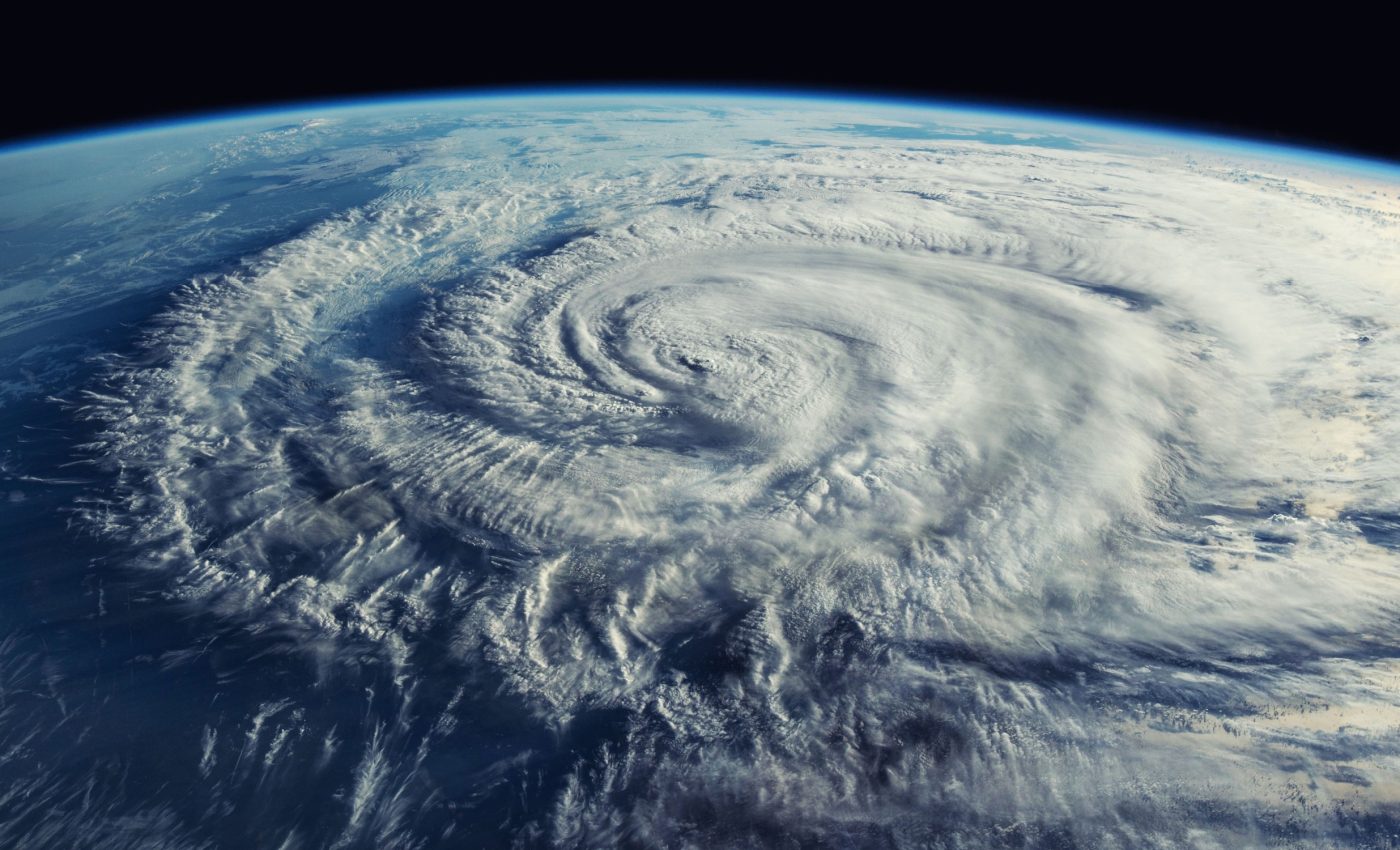
How hurricanes help oceans fight climate change
Hurricanes cause extensive damage on land and to offshore platforms – effects that scientists understand well. However, their impacts on deep ocean environments remains largely unexplored.
These storms stir up ocean layers, influencing marine ecosystems in ways that are difficult to study.
Hurricane and ocean changes
A deep-sea observatory southeast of Bermuda is shedding light on this mystery. This platform, anchored to the ocean floor, collects sediment, microplankton shells, and pollutants.
The station has recorded environmental changes for nearly five decades. The Oceanic Flux Program (OFP) at the Marine Biological Laboratory (MBL) operates this mooring.
Recently, the observatory provided crucial data on how hurricanes affect deep-sea ecosystems. The findings show that these storms move massive amounts of material from shallow reefs into deeper waters.
Deep-sea impact of hurricanes
A team led by Rut Pedrosa-Pamies, an assistant research investigator at MBL, examined sediments from Hurricanes Fabian (2003) and Igor (2010).
These storms transported large amounts of carbonate-rich material from Bermuda’s shallow reefs into the deep ocean. The researchers found that these sediments remained in the ecosystem for weeks.
Fabian moved as much sediment in two weeks as would normally accumulate in a year. This material helps trap carbon for millennia and buffers ocean acidification caused by rising CO2 levels.
“This is the first time that a study has demonstrated, in near real time, this hurricane-induced transport from a shallow carbonate platform to the deep ocean,” said Pedrosa-Pamies.
“And it’s not just carbonate; [a hurricane] also transports a lot of other materials like phosphorus, lithogenic minerals, and also pollutants, such as lead.”
Hurricane-driven ocean particles
“I’ve been interested in extreme weather events for a long time now,” said Pedrosa-Pamies.
When a hurricane passes through, there is an upwelling of cold, nutrient-rich waters that nourish bacteria and plankton in the ocean’s upper layers, stimulating their productivity.
But how hurricanes can impact the deep-ocean water column that surrounds shallow-water reefs has not been well studied.
Hurricane Fabian’s sediments settled quickly, but those from Igor remained suspended for weeks. This suggests that storm-driven sediment transport lasts much longer than expected.
“That’s a key finding, because it proves that particles that get suspended from these extreme weather events can last for a long time in the ecosystem and the water column,” noted Pedrosa-Pamies.
“And I’m sure this has implications for the microbiome at different water depths, and also in terms of sedimentation rates and how the particles are aggregating.”
Role of shallow-water reefs
Shallow-water reefs exist worldwide and create extensive carbonate platforms. These platforms shape ocean sedimentary processes and influence the carbon cycle.
They generate about half of all shallow-water carbonate and contribute more than a quarter of the carbonate buried in the deep ocean.
While Fabian and Igor’s effects are small on a global scale, the study revealed how storms transport sediment. This knowledge helps researchers understand how major storms influence carbon storage and ocean acidification.
“This study demonstrates, for the first time, hurricane-induced transport of deep sediments from reef carbonate platforms to the deep ocean in near-real time,” wrote the researchers.
“This phenomenon has important implications for the marine carbon cycle because carbonate platform-derived carbonates may dissolve in the deep ocean and contribute to its buffering and carbon storage capacities.”
Decades of deep-sea monitoring
The OFP has collected deep-sea data continuously since 1978.
“Without having this time series, studying episodic events, like hurricanes in this case, would not be possible. You cannot sit out there when there is a storm passing and collect particles, while you have wind and big waves,” said Pedrosa-Pamies.
Bermuda’s location makes it ideal for such research. Bermuda is the northernmost subtropical coral reef and carbonate platform in the world, and it’s frequently impacted by hurricanes, noted Pedrosa-Pamies.
Retrieving the OFP’s samples is a complex, day-long process. Every six months, scientists pull up the mooring line to analyze the trapped particles.
“I just cannot reinforce enough how important the team effort is in a time series like this. It would not be possible with help of the entire crew,” said Pedrosa-Pamies. “And they are all fantastic, and we’ve been working with them for a long time.”
The study is published in the Journal of Geophysical Research Oceans.
—–
Like what you read? Subscribe to our newsletter for engaging articles, exclusive content, and the latest updates.
Check us out on EarthSnap, a free app brought to you by Eric Ralls and Earth.com.
—–













